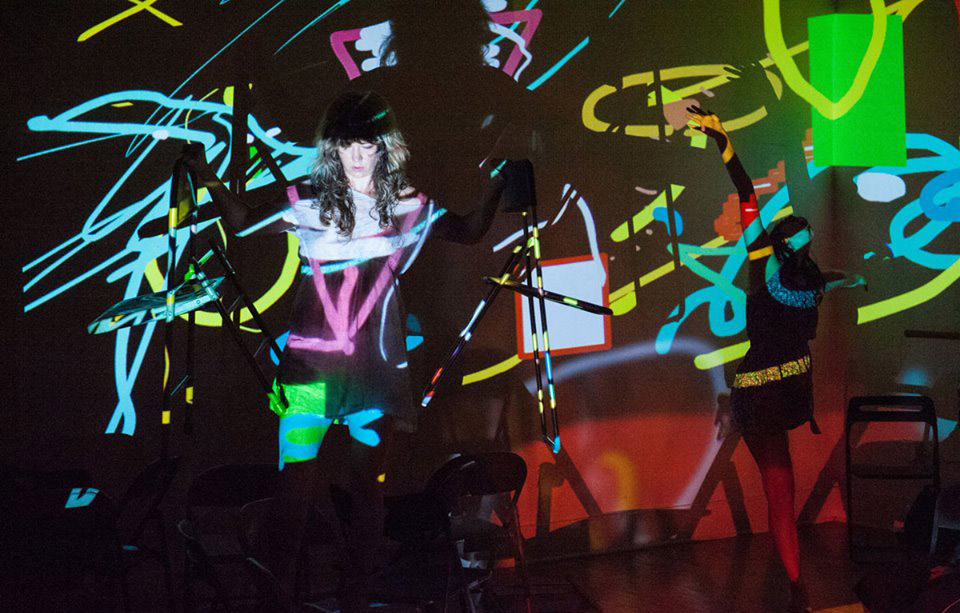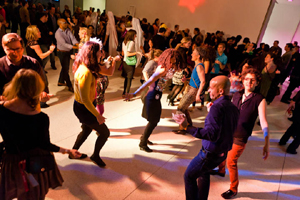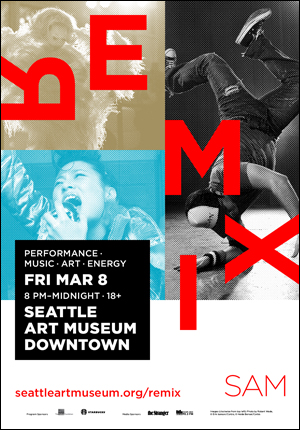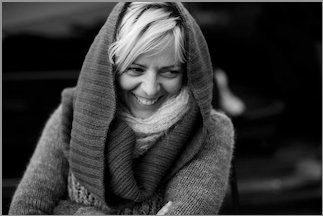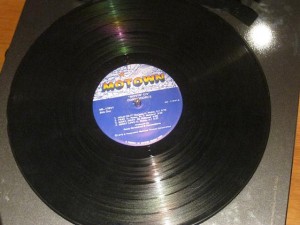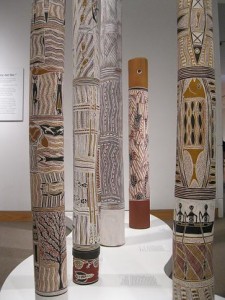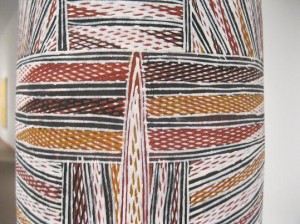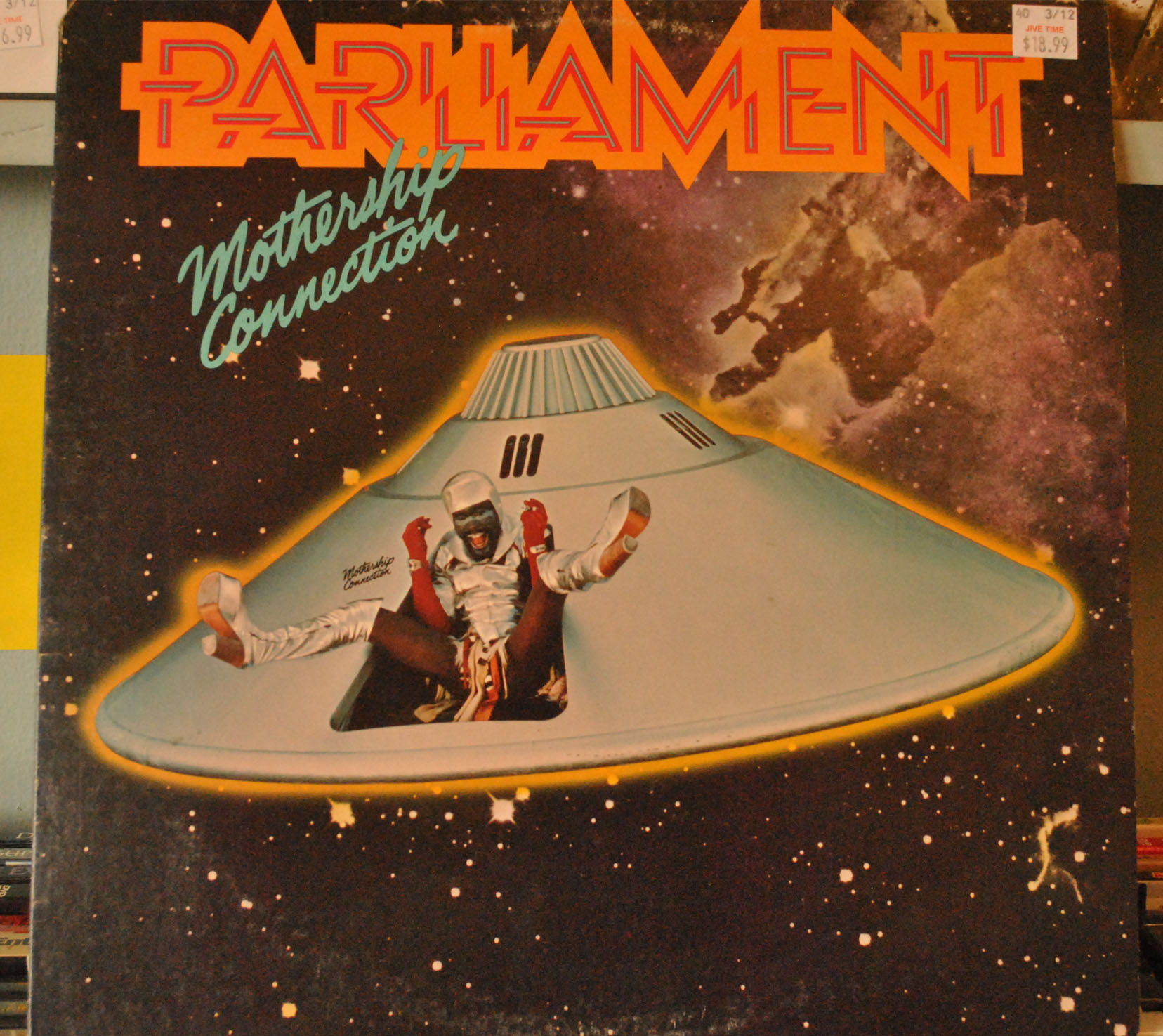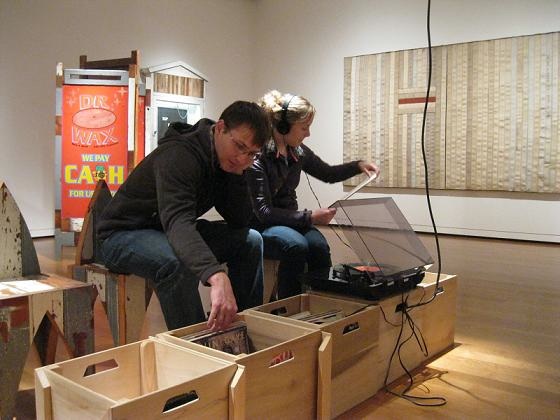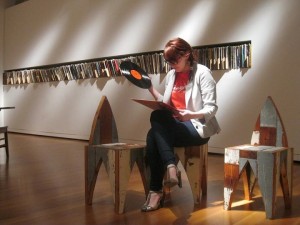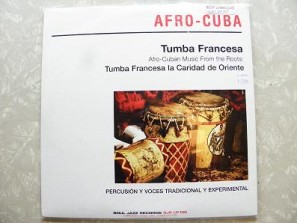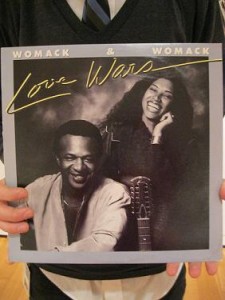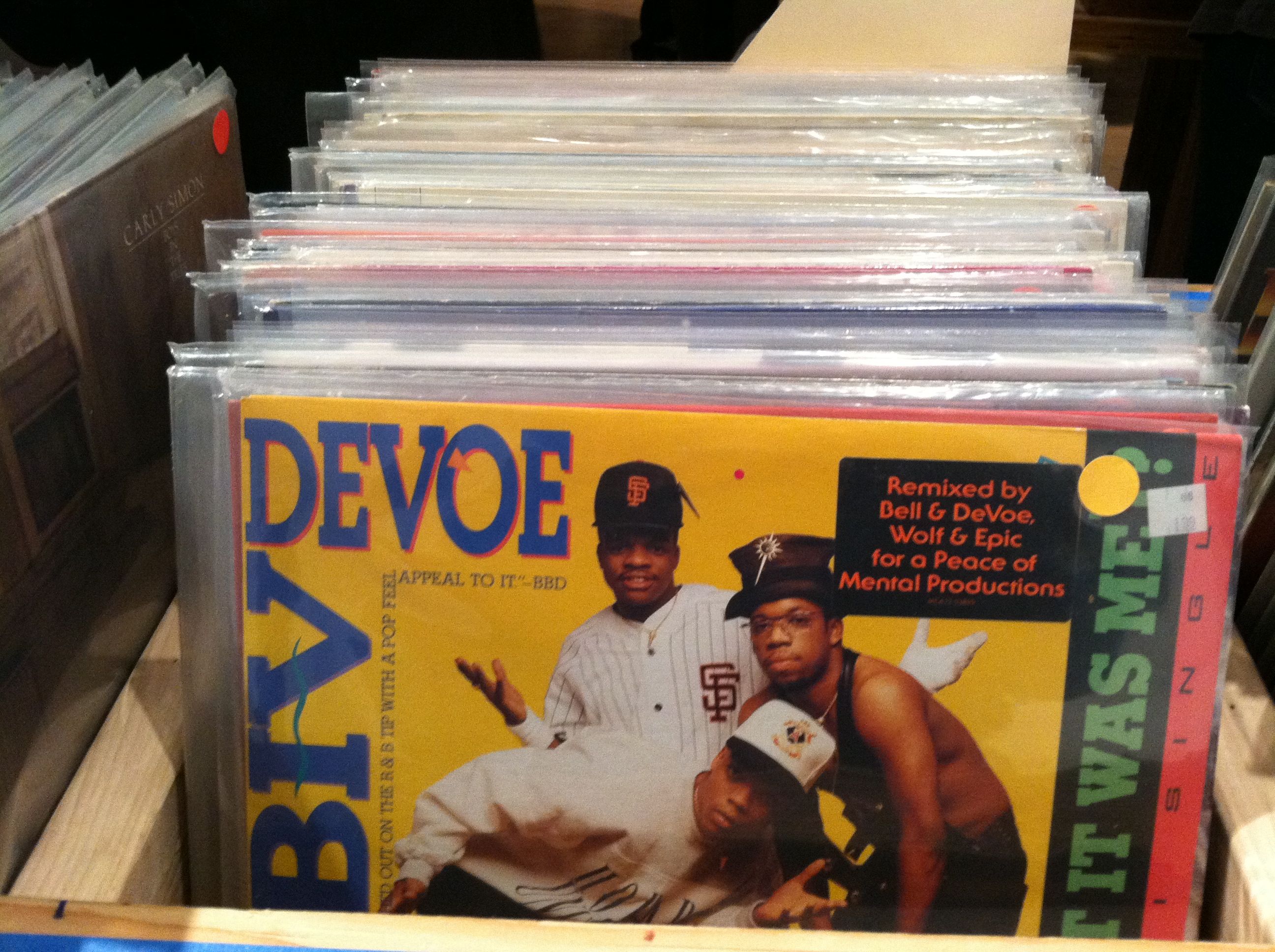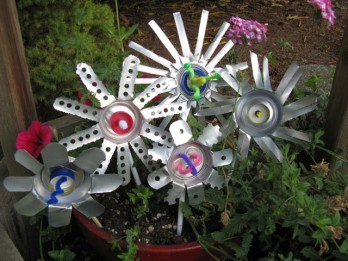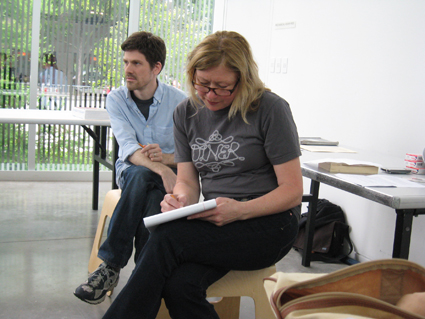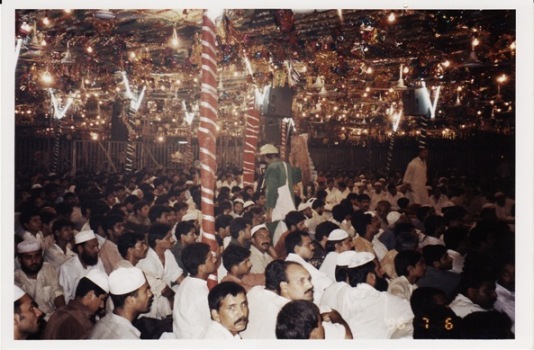Artists on Art: Like a Hammer
Listen as poet Sasha LaPointe shares a piece of her writing in response to Jeffrey Gibson: Like a Hammer. An Indigenous writer incorporating themes of survival and mixed heritage, LaPointe is the artist in residence at ARTS at King Street Station and recipient of a 2018 Artist Trust GAP Grant.
Jeffrey Gibson, the artist behind Like a Hammer is of Cherokee heritage and a citizen of the Mississippi Band of Choctaw Indians and grew up in urban settings in Germany, South Korea, the United States, and England. His sculptures, abstract paintings, and multimedia installation draw on his experiences in different cultural environments. Similarly, Sasha LaPointe’s work is influenced by a wide range of things: from the work her great grandmother did for the Coast Salish language revitalization, to loud basement punk shows and what it means to grow up mixed heritage.
See the exhibition that LaPointe’s piece, below, connects to before it’s too late—Gibson’s complex and colorful contemporary art is on view in Like a Hammer now through May 12!
Blue
I emerge from our small, yellow linoleum bathroom, blue. The bathroom is at one end of our single wide trailer, and I have the length of narrow hallway to consider before reaching the living room, blue.
“Blue!?” And I know my mother is furious.
“You look ridiculous.” It’s all she says. And I do look ridiculous.
I had torn out the pages from a magazine. Lined my bedroom floor with them, and studied. Those punk rock, spiked hair, white teeth, high fashion, popped collar, leather studded glossy photo squares were strewn across my small space like a spread of tarot cards telling me a future I would never get to. Not out here. Not in the white trailer rusting amber, thick of trees, stretch of reservation, of highway that stood between me and whatever else was out there. Record stores. The mall. Parking lots where kids were skateboarding and smoking pot, probably. Kids with boomboxes and bottles of beer. Out there, were beaches with bands playing on them. And these faces, these shining faces, with pink, green, purple and BLUE hair. Blue. I could get that, at least. I could mix seventeen packets of blue raspberry Koolaid with a small amount of water, and get that. It was alchemy, it was potion making. But no one told me about the bleach, about my dark hair needing to lift, to lighten, in order to get that blue. No one told me that the mess of Koolaid would only run down my scalp, my face, my neck and would stain me blue.
Blue, is what you taste like, he says still holding me on the twin bed, in the early glow of dawn and my teenaged curiosity has pushed me to ask what does my body taste like, to you? His fingers travel from neck to navel, breath on my thigh and here in our sacred space he answers simply. Blue. You taste blue. And I wonder if what he means is sad. You taste sad.
Taqseblu. The name is given to me when I am three. To understand it my child brain has to break it apart. Taqsweblu. TALK. As in talking. As in to tell. As in story. SHA. As in the second syllable of my English name. As in half of me. BLUE. As in the taste of me. Blue as in Sad. Blue. My grandmother was Taqsweblu before me. And now I am Taqseblu too.
– Sasha Lapointe
